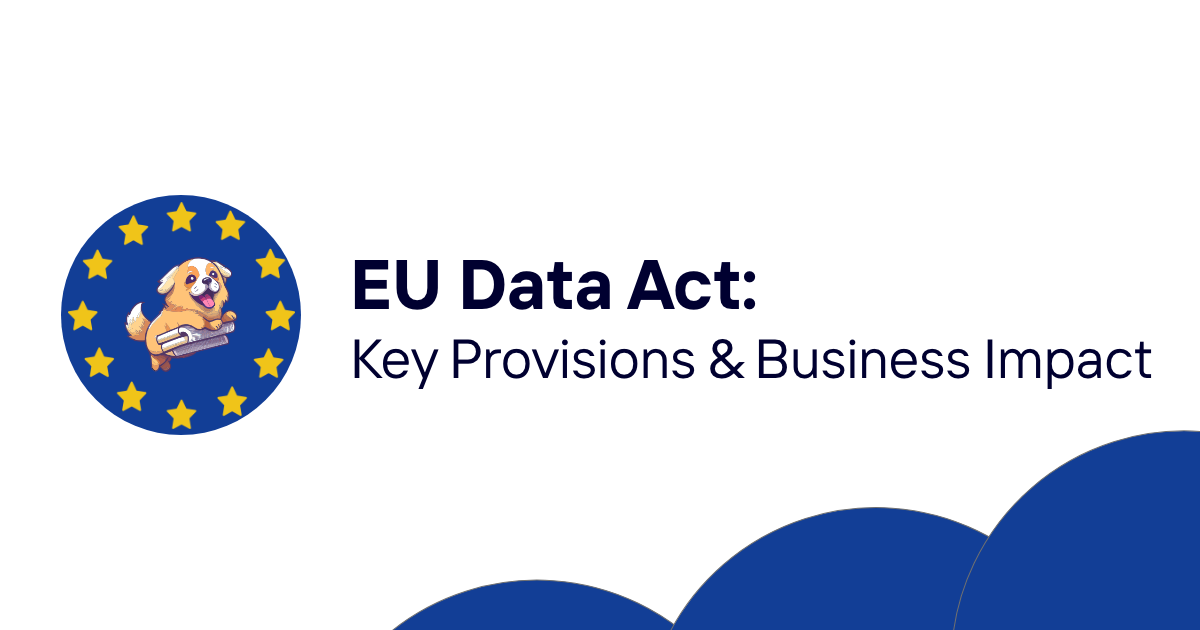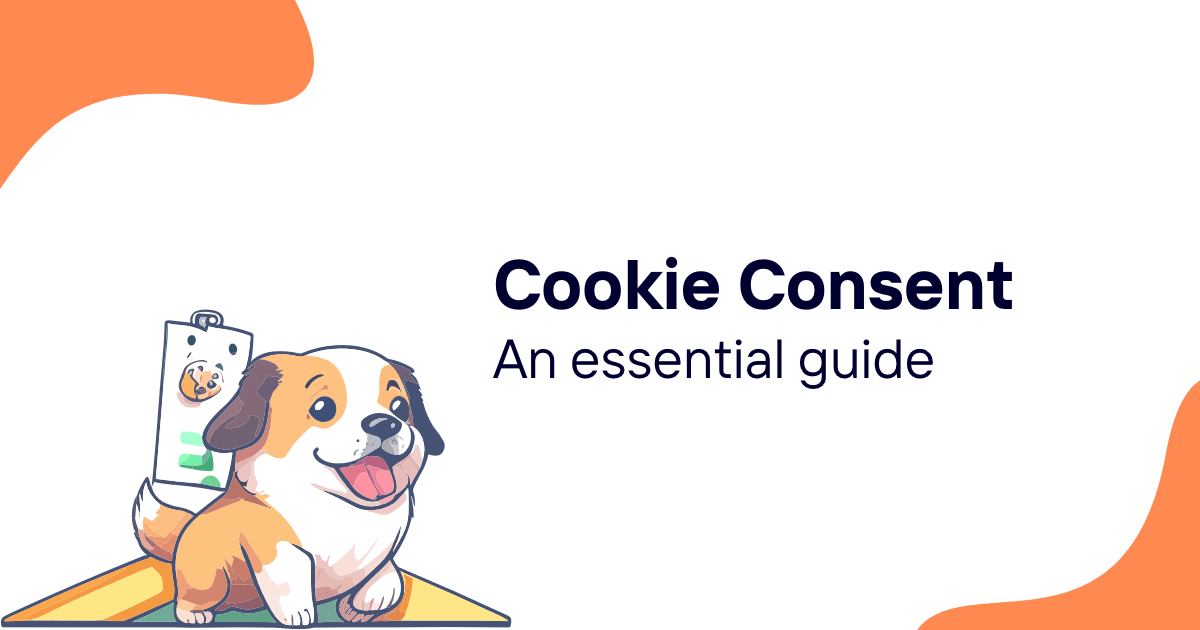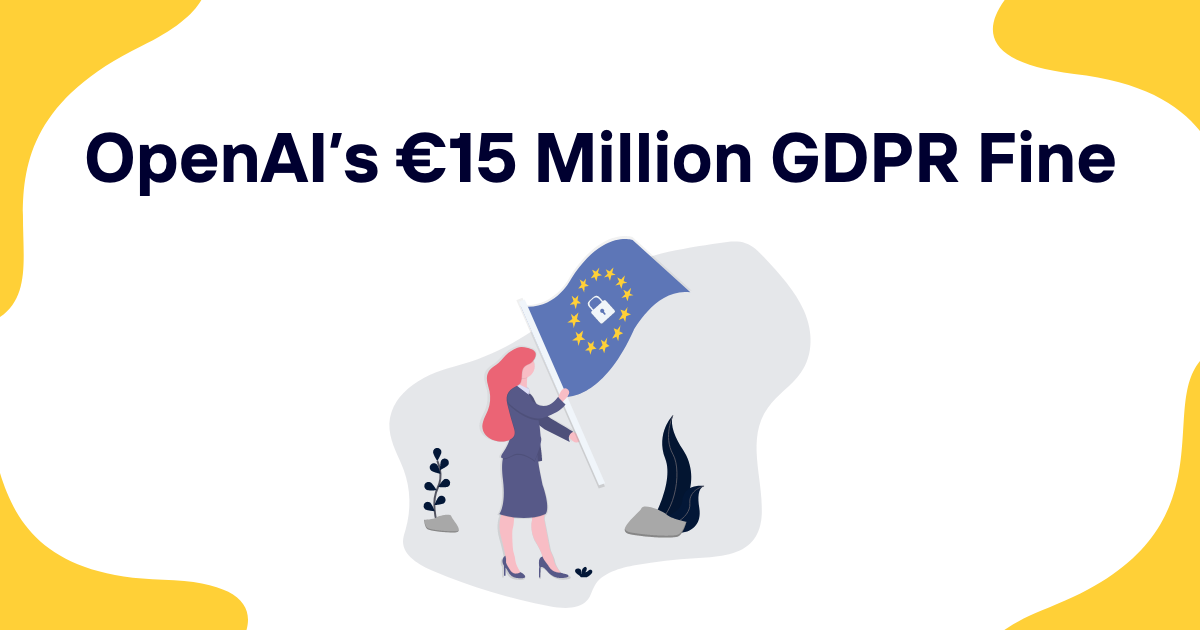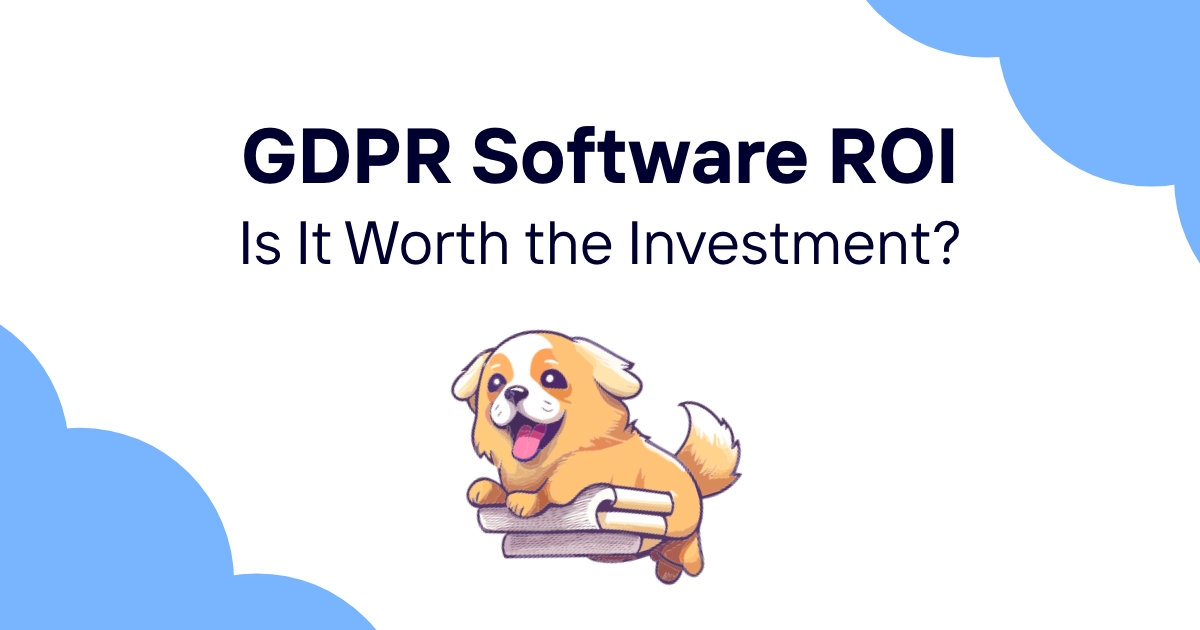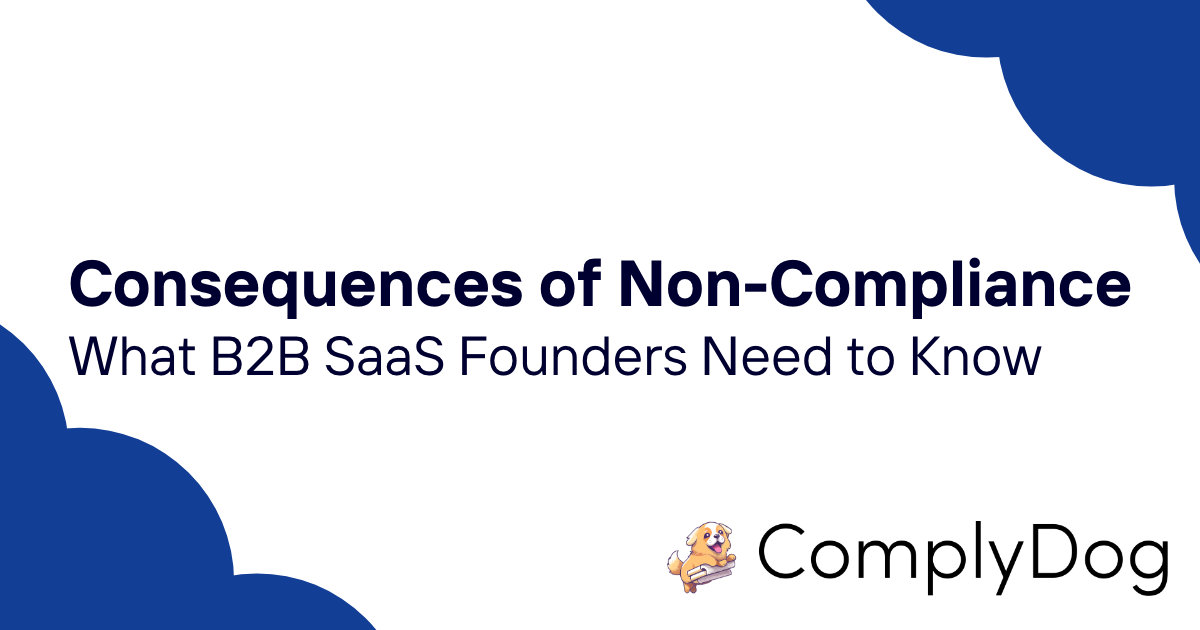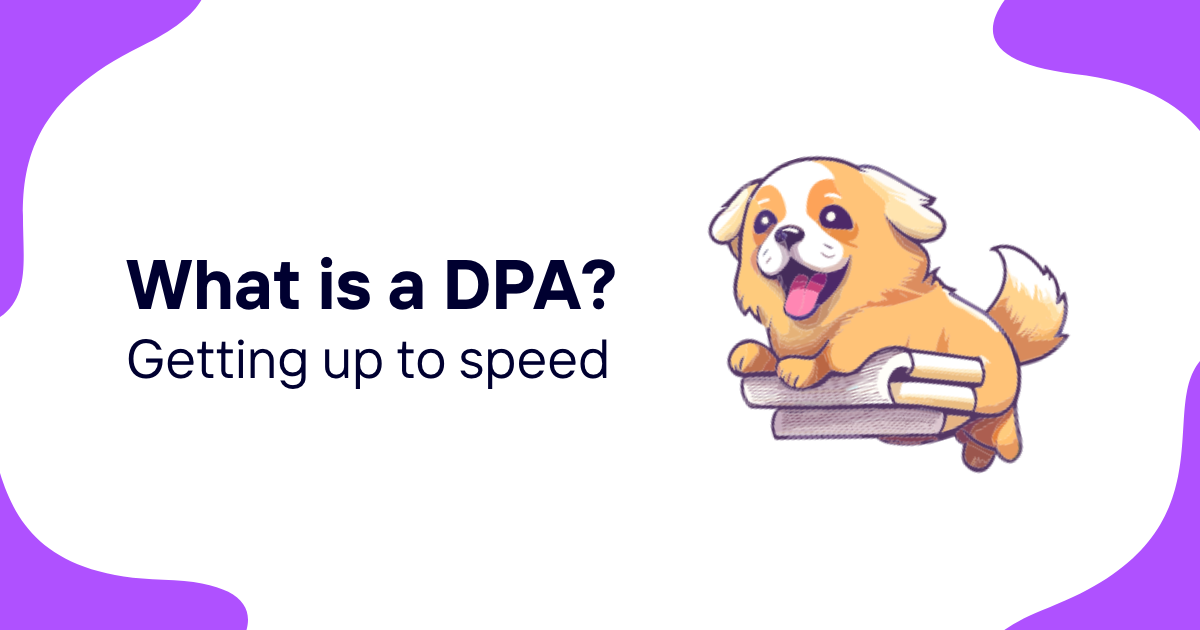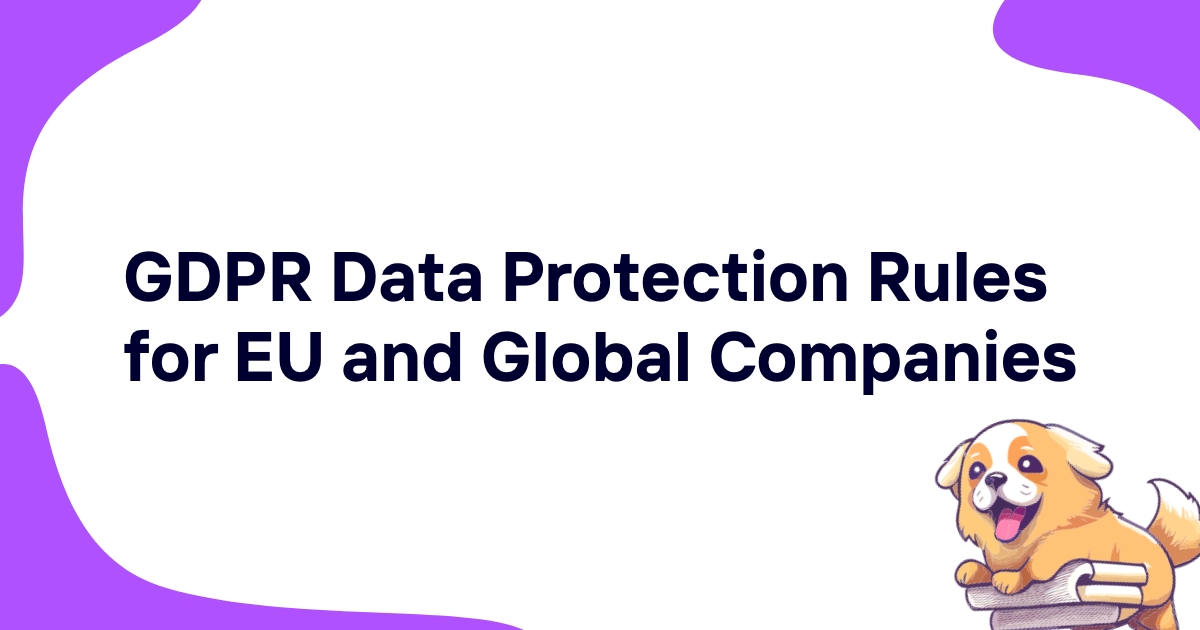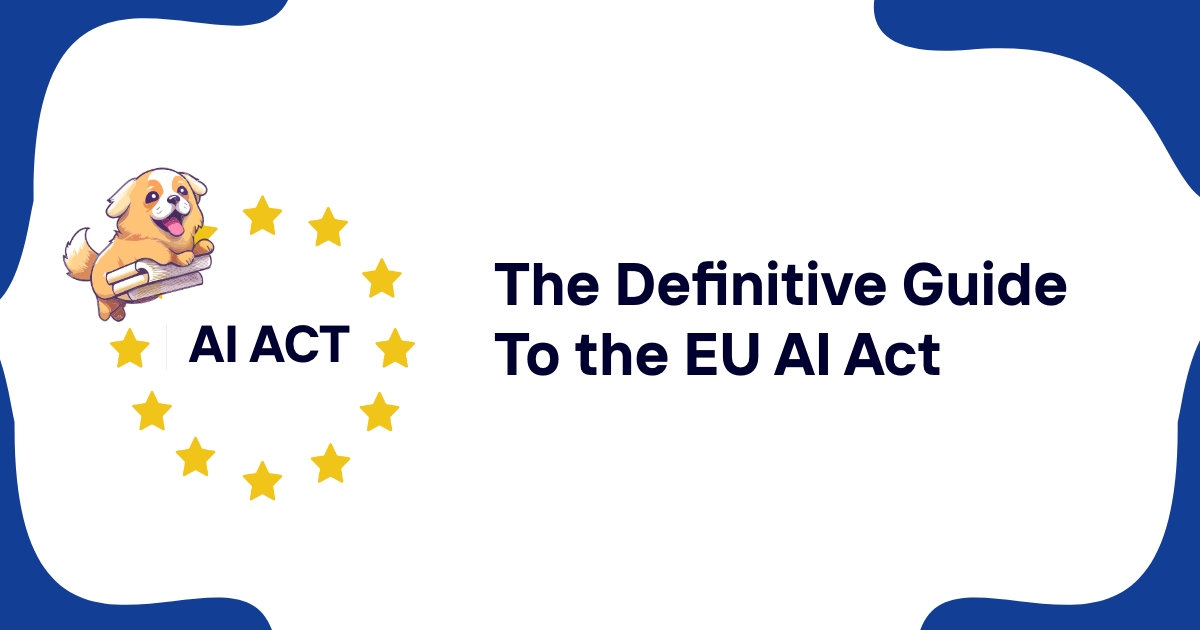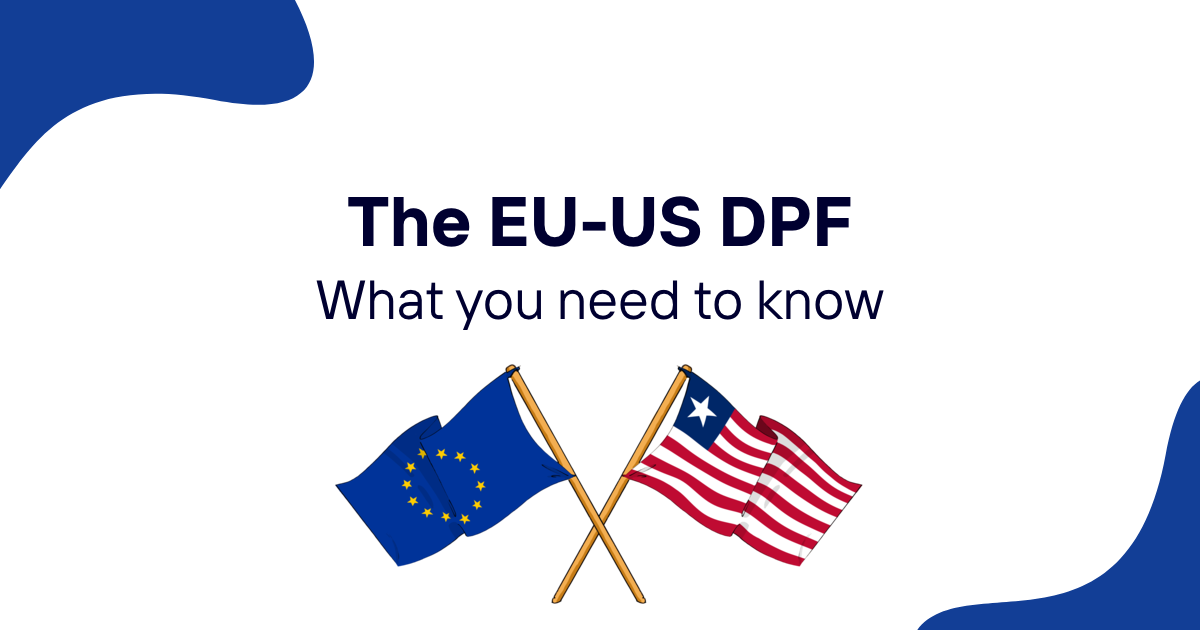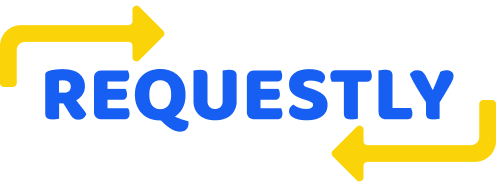The European Union's Data Act marks a significant shift in how data is shared and utilized across the EU. This groundbreaking legislation aims to unlock the value of data generated by connected devices, fostering innovation while protecting the rights of individuals and businesses. Let's dive into the key aspects of this transformative law.
Table of Contents
- Introduction to the EU Data Act
- Key Objectives and Scope
- Data Sharing Provisions
- Safeguards and Protections
- Impact on Different Sectors
- Cloud Service Switching
- Public Sector Data Access
- Smart Contracts and Interoperability
- Challenges and Concerns
- Implementation Timeline
- Relationship with Other EU Regulations
- Global Impact and Comparisons
- Preparing for Compliance
Introduction to the EU Data Act
The EU Data Act, which entered into force on January 11, 2024, represents a pivotal moment in the European Union's digital strategy. It's designed to create a more equitable and innovative data economy by ensuring fair access to and use of data generated by connected devices and related services.
I've been following the development of this legislation closely, and I must say, it's quite a game-changer. The Act addresses a crucial gap in the digital landscape: the vast amounts of data generated by Internet of Things (IoT) devices that often remain untapped or controlled by a handful of large companies.
Key Objectives and Scope
The Data Act has several primary objectives:
- Facilitate access to and use of data by consumers and businesses
- Provide for public sector use of privately held data in exceptional situations
- Facilitate switching between cloud and edge services
- Establish safeguards against unlawful data transfer
- Develop interoperability standards for data reuse across sectors
The scope of the Act is broad, covering manufacturers of connected products, users of these products and related services, data holders, data recipients, public sector bodies, and providers of data processing services.
One interesting aspect is how the Act defines a 'connected product'. It's not just your smart home devices or industrial sensors. The definition encompasses any item that obtains, generates, or collects data about its use or environment and can communicate this data electronically. This wide-ranging definition ensures the Act remains relevant as technology evolves.
Data Sharing Provisions
At the heart of the Data Act are provisions that empower users of connected products to access the data they generate. This is a significant shift from the current paradigm where manufacturers often have exclusive control over this data.
For example, let's say you own a smart car. Under the Data Act, you'd have the right to access all the data your car generates during your trips. You could then choose to share this data with third-party service providers, like an independent mechanic or an insurance company offering usage-based policies.
This opens up a world of possibilities for innovation and competition. Small businesses and startups can now access data that was previously locked away, potentially leading to new services and applications we haven't even thought of yet.
Safeguards and Protections
Of course, with great power comes great responsibility. The Data Act doesn't just throw open the doors to all data – it includes robust safeguards to protect privacy and commercial interests.
The Act emphasizes the importance of protecting trade secrets and intellectual property rights. It also includes measures to prevent abuse of contractual imbalances in data sharing agreements. This is crucial for maintaining trust in the data economy and ensuring that smaller players aren't disadvantaged.
I particularly appreciate how the Act addresses the thorny issue of international data transfers. It introduces safeguards against unlawful access to non-EU/EEA governments, which should help alleviate some of the concerns around data sovereignty that have been brewing in recent years.
Impact on Different Sectors
The Data Act's impact will be felt across various sectors of the economy. Here are a few examples:
-
Manufacturing: Factories can optimize production lines and supply chain management using data from connected industrial equipment.
-
Agriculture: Farmers can leverage data from connected agricultural machinery to improve crop yields and resource allocation.
-
Automotive: Car owners can share vehicle data with independent repair shops, potentially lowering maintenance costs and extending vehicle lifespans.
-
Healthcare: Medical device data could be more easily shared with healthcare providers and researchers, potentially accelerating medical innovations.
-
Smart Cities: Urban planners could access data from various connected city infrastructure to improve traffic management, energy efficiency, and public services.
The potential for innovation in these areas is immense. I'm particularly excited about the possibilities in agriculture. Imagine a world where small-scale farmers have access to the same level of data-driven insights as large agribusinesses. It could revolutionize food production and sustainability.
Cloud Service Switching
One aspect of the Data Act that doesn't get as much attention, but is equally important, is the provision for easier switching between cloud service providers. This addresses the issue of 'vendor lock-in' that has long plagued the cloud computing industry.
The Act requires cloud providers to remove commercial, technical, and contractual obstacles that inhibit customers from terminating their contract, switching to another provider, or porting their data and applications to a different IT system.
This is a big deal. As someone who's worked with various cloud providers, I can attest to how challenging and costly it can be to switch from one to another. This provision should foster more competition in the cloud market and give businesses more flexibility in their IT choices.
Public Sector Data Access
The Data Act also includes provisions for public sector bodies to access privately held data in exceptional circumstances. This could be crucial in situations like public emergencies or for fulfilling specific public interest mandates.
For instance, during a natural disaster, public authorities could quickly access relevant data from private companies to aid in their response efforts. Or in a public health crisis, like the recent COVID-19 pandemic, aggregated and anonymized location data from mobile network operators could be used to analyze the spread of the virus and inform public health measures.
It's worth noting that the Act includes safeguards to prevent abuse of this provision. Data holders can request compensation in certain situations, and there are mechanisms for businesses to enforce these conditions if they feel there's been an overreach.
Smart Contracts and Interoperability
The Data Act doesn't just focus on data sharing – it also looks ahead to how that data will be used. It includes provisions for the development of interoperability standards and the use of smart contracts.
Smart contracts, which are essentially self-executing contracts with the terms directly written into code, have the potential to automate and streamline data sharing agreements. The Act lays out essential requirements for smart contracts used in the context of data sharing agreements.
Interoperability is another key focus. The Act supports the development of interoperability standards for data to be reused across different sectors. This could be a game-changer for cross-sector innovation. Imagine healthcare data seamlessly integrating with smart city data to improve public health outcomes, or agricultural data interfacing with climate data to enhance food security.
Challenges and Concerns
While the Data Act promises significant benefits, it's not without its challenges and potential drawbacks. Some concerns that have been raised include:
-
Implementation Complexity: The broad scope of the Act means that many businesses will need to make significant changes to their data management practices.
-
Cost of Compliance: Especially for smaller businesses, the cost of implementing the necessary technical and organizational measures could be substantial.
-
Data Protection Conflicts: While the Act is designed to work alongside existing data protection regulations like GDPR, there could be areas of potential conflict or confusion.
-
Innovation Disincentives: Some argue that by requiring businesses to share data, the Act could disincentivize investment in data generation and collection.
-
International Competitiveness: There are concerns that the Act could put EU businesses at a disadvantage compared to their non-EU counterparts who aren't subject to the same data sharing requirements.
These are valid concerns that will need to be carefully addressed as the Act is implemented. It's likely that we'll see further guidance and potentially amendments as these issues are worked out in practice.
Implementation Timeline
The Data Act entered into force on January 11, 2024, but it won't become fully applicable until September 12, 2025. This gives businesses and other affected entities time to prepare for compliance.
Here's a rough timeline of key dates:
- January 11, 2024: Data Act enters into force
- September 12, 2025: Data Act becomes applicable
- September 12, 2028: European Commission to carry out an evaluation of the Act
It's worth noting that for new connected products placed on the market after September 12, 2025, certain provisions of the Act will apply immediately.
Relationship with Other EU Regulations
The Data Act doesn't exist in isolation – it's part of a broader ecosystem of EU digital regulations. It complements and interacts with several other key pieces of legislation:
-
General Data Protection Regulation (GDPR): The Data Act is designed to work alongside GDPR, with GDPR taking precedence in matters of personal data protection.
-
Data Governance Act: While the Data Governance Act focuses on processes for voluntary data sharing, the Data Act clarifies who can create value from data and under what conditions.
-
Digital Markets Act: The Data Act complements the DMA's requirements for 'gatekeeper' platforms to provide more effective data portability.
-
Free Flow of Non-Personal Data Regulation: The Data Act builds on this regulation's approach to cloud service provider switching.
-
Open Data Directive: This directive focuses on the re-use of public sector data, while the Data Act addresses private sector data.
Understanding these interrelationships is crucial for businesses looking to navigate the EU's digital regulatory landscape.
Global Impact and Comparisons
The EU has often been a trendsetter in digital regulation, and the Data Act is likely to have ripple effects beyond Europe's borders. Companies operating globally will likely need to adjust their practices to comply with the Act, potentially leading to changes in data practices worldwide.
It's interesting to compare the EU's approach with that of other major economies:
- The United States has taken a more sector-specific approach to data regulation, without an overarching framework like the Data Act.
- China has implemented strict data localization requirements and controls on data exports, in contrast to the EU's focus on facilitating data flows.
- The UK, post-Brexit, is developing its own data protection framework, which may diverge from the EU approach in some areas.
As these different regulatory approaches evolve, we're likely to see interesting developments in global data governance.
Preparing for Compliance
For businesses affected by the Data Act, preparation will be key. Here are some steps to consider:
-
Assess Impact: Determine how the Act affects your business operations, particularly in terms of data sharing and cloud services.
-
Review Data Management Practices: Ensure you have systems in place to facilitate data access and portability as required by the Act.
-
Update Contracts: Review and update agreements with customers, partners, and service providers to align with the Act's requirements.
-
Implement Technical Measures: Develop or acquire the necessary technical capabilities to comply with data sharing and interoperability requirements.
-
Train Staff: Ensure relevant staff understand the implications of the Act and any new processes or procedures.
-
Monitor Developments: Keep an eye on further guidance and potential amendments as the implementation date approaches.
-
Consider Compliance Solutions: Explore GDPR compliance software solutions like ComplyDog, which can help streamline the process of achieving and maintaining compliance with EU data regulations.
Speaking of which, tools like ComplyDog can be invaluable in navigating the complex landscape of EU data regulations. While the Data Act introduces new requirements, many of its principles align with existing GDPR obligations. A comprehensive GDPR compliance solution can provide a solid foundation for adapting to the Data Act's requirements.
ComplyDog, for instance, offers features like data mapping, risk assessment, and policy management that can be adapted to address Data Act compliance. Its centralized platform can help businesses track their data processing activities, manage data sharing agreements, and demonstrate compliance – all crucial capabilities in the new era ushered in by the EU Data Act.
In conclusion, the EU Data Act represents a significant step towards a more open, innovative, and fair data economy. While it presents challenges, it also offers immense opportunities for businesses that are prepared to embrace data sharing and leverage the power of connected devices. As we move towards the implementation date, staying informed and proactive will be key to success in this new data landscape.
